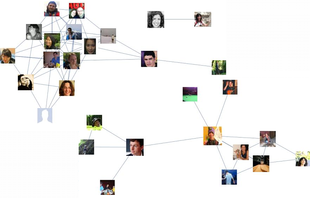15-344/Homework Assignment 5
This assignment is due at the tutorials on Thursday November 5. Here and everywhere, neatness counts!! You may be brilliant and you may mean just the right things, but if the teaching assistants will be having hard time deciphering your work they will give up and assume it is wrong.
Reread sections 4.1-4.2 of our textbook. Remember that reading math isn't like reading a novel! If you read a novel and miss a few details most likely you'll still understand the novel. But if you miss a few details in a math text, often you'll miss everything that follows. So reading math takes reading and rereading and rerereading and a lot of thought about what you've read. Also, preread chapter 5, just to get a feel for the future.
Solve problems 3, 5, 7, and 15 in section 3.1, problems 1 and 9 in section 4.1, and problems 1 and 12 in section 4.2, but submit only your solutions of the underlined problems. In addition, solve and submit the following
Additional Problem. Given a connected graph , let be the graph whose vertices are the spanning trees of , and where two vertices and in are connected by an edge in if is obtained from by removing one edge and adding one edge. Prove that is itself a connected graph.
Sorry for the delay with the preparation of this assignment!
Question by a student. For the additional problem: How can the vertices themselves be the trees without adding edges?
Answer. The vertices of a graph can be an arbitrary set. A set of apples, or of oranges, or of numbers, or of letters, or of spanning trees in another graph. In other words, for every spanning tree of the graph , there's a vertex in the graph . If has 125 spanning trees, say, then would have 125 vertices. --Drorbn (talk) 09:44, 3 November 2015 (EST)
| Dror's notes above / Students' notes below |






